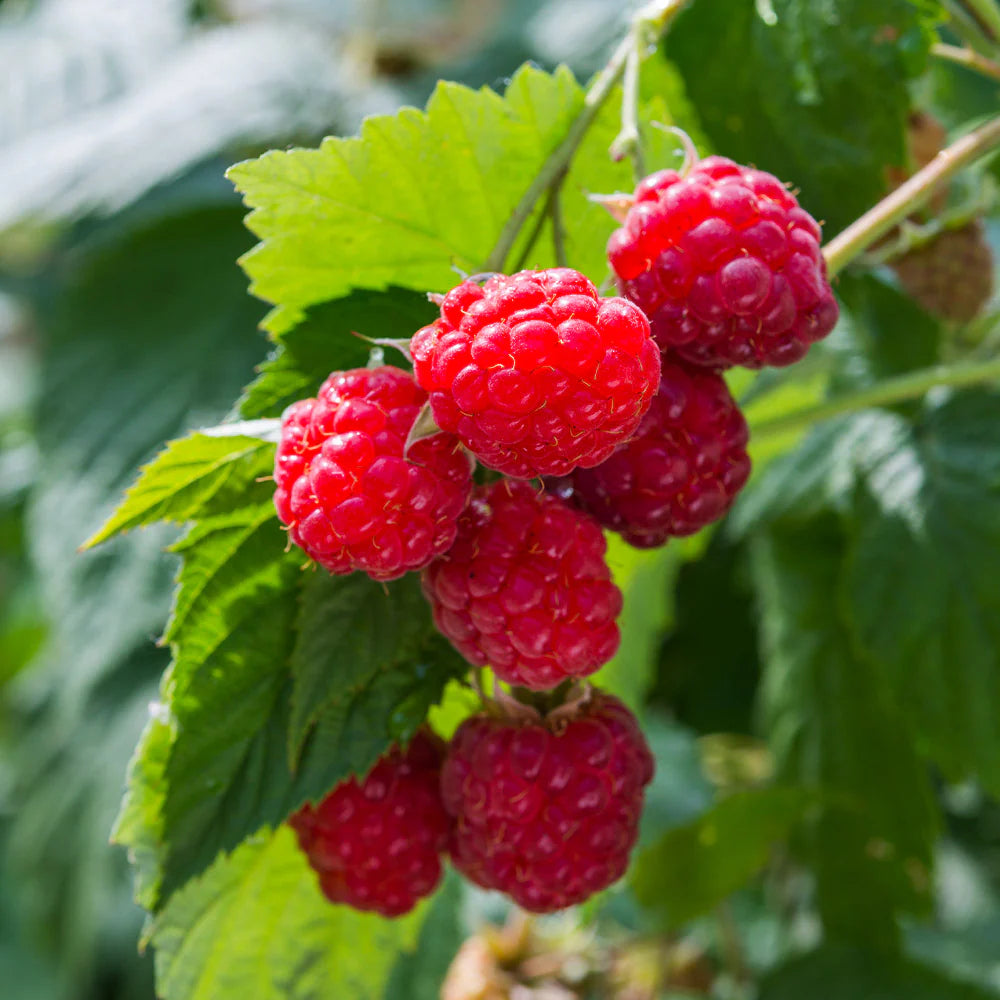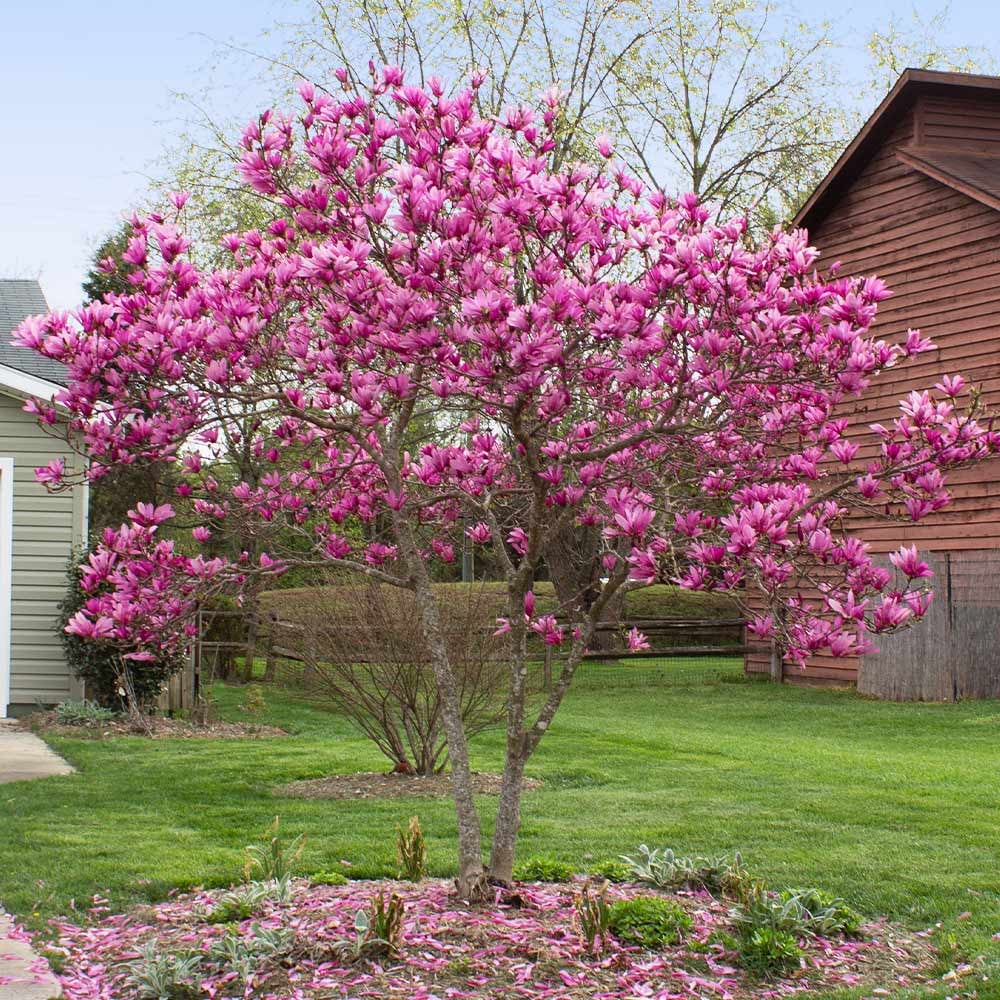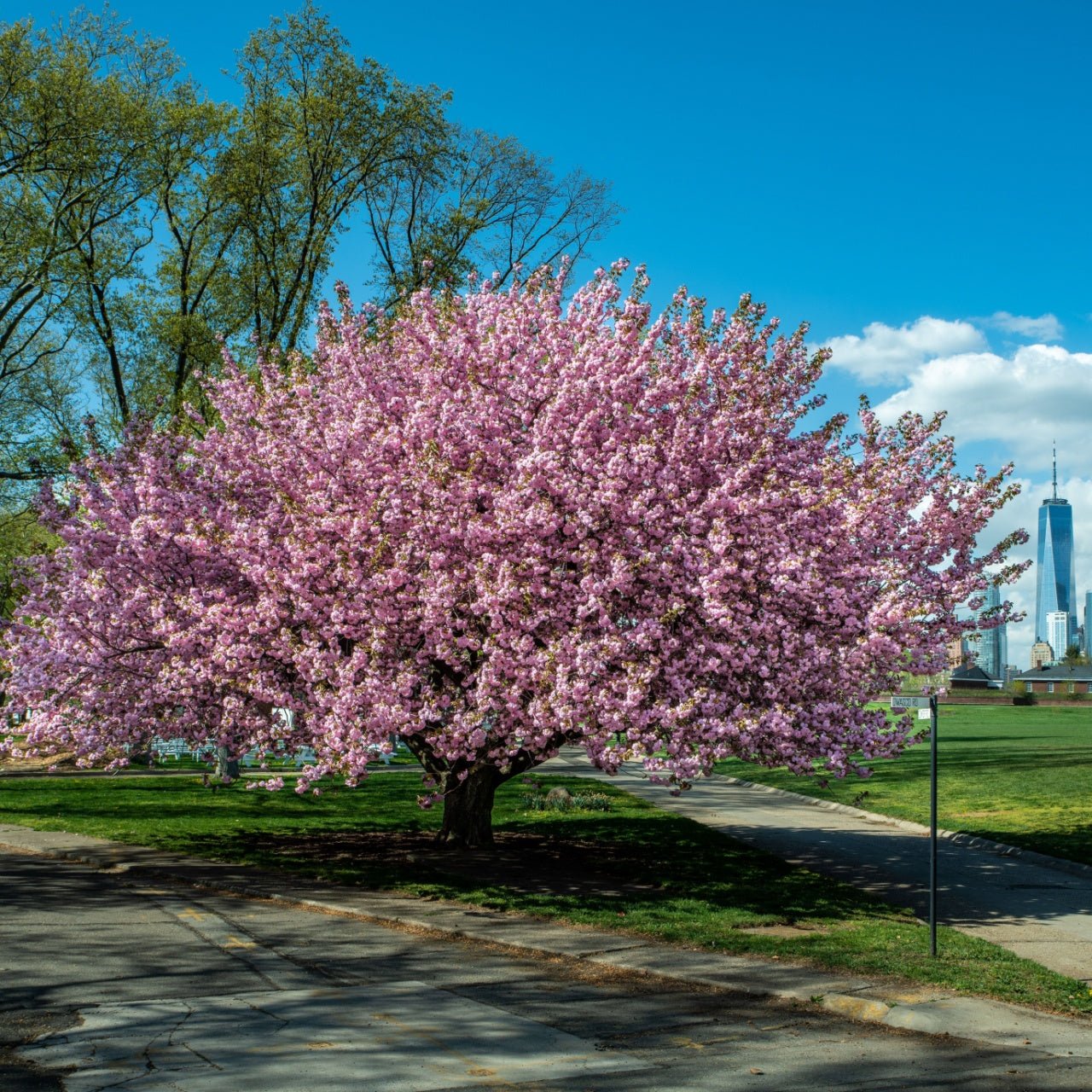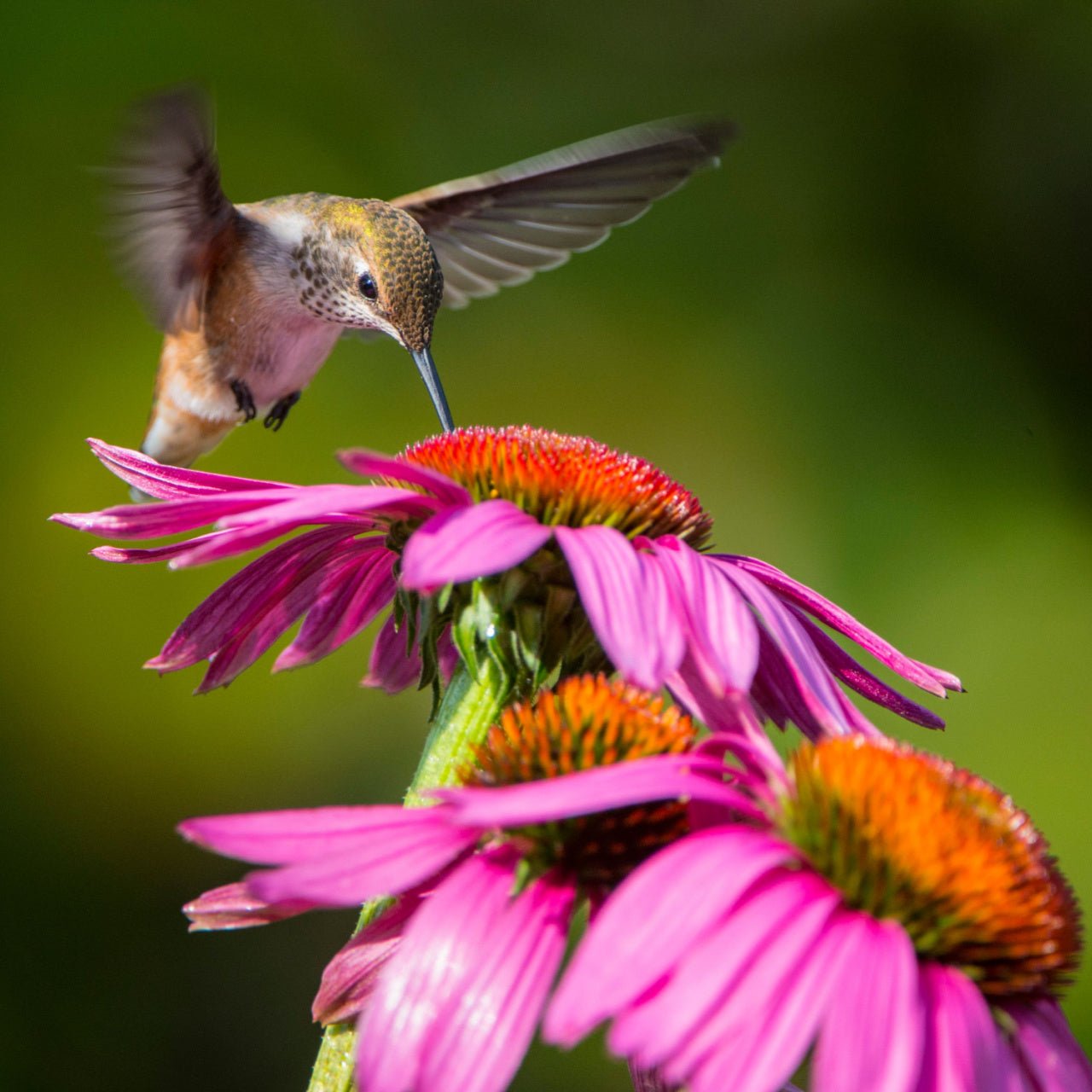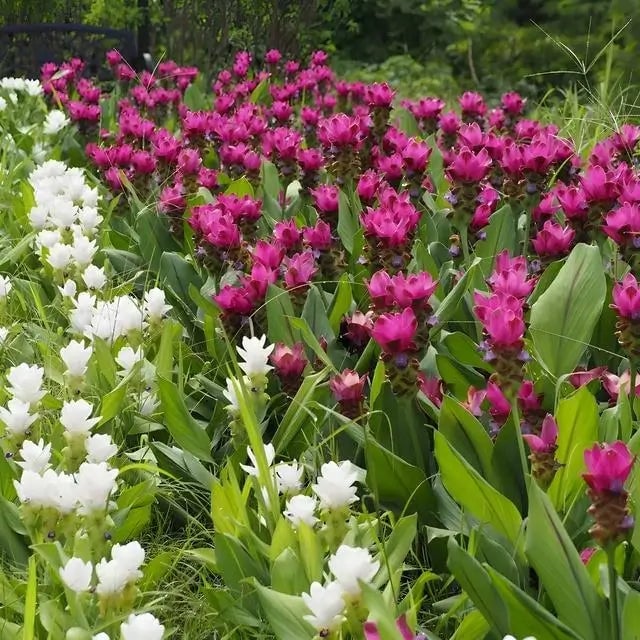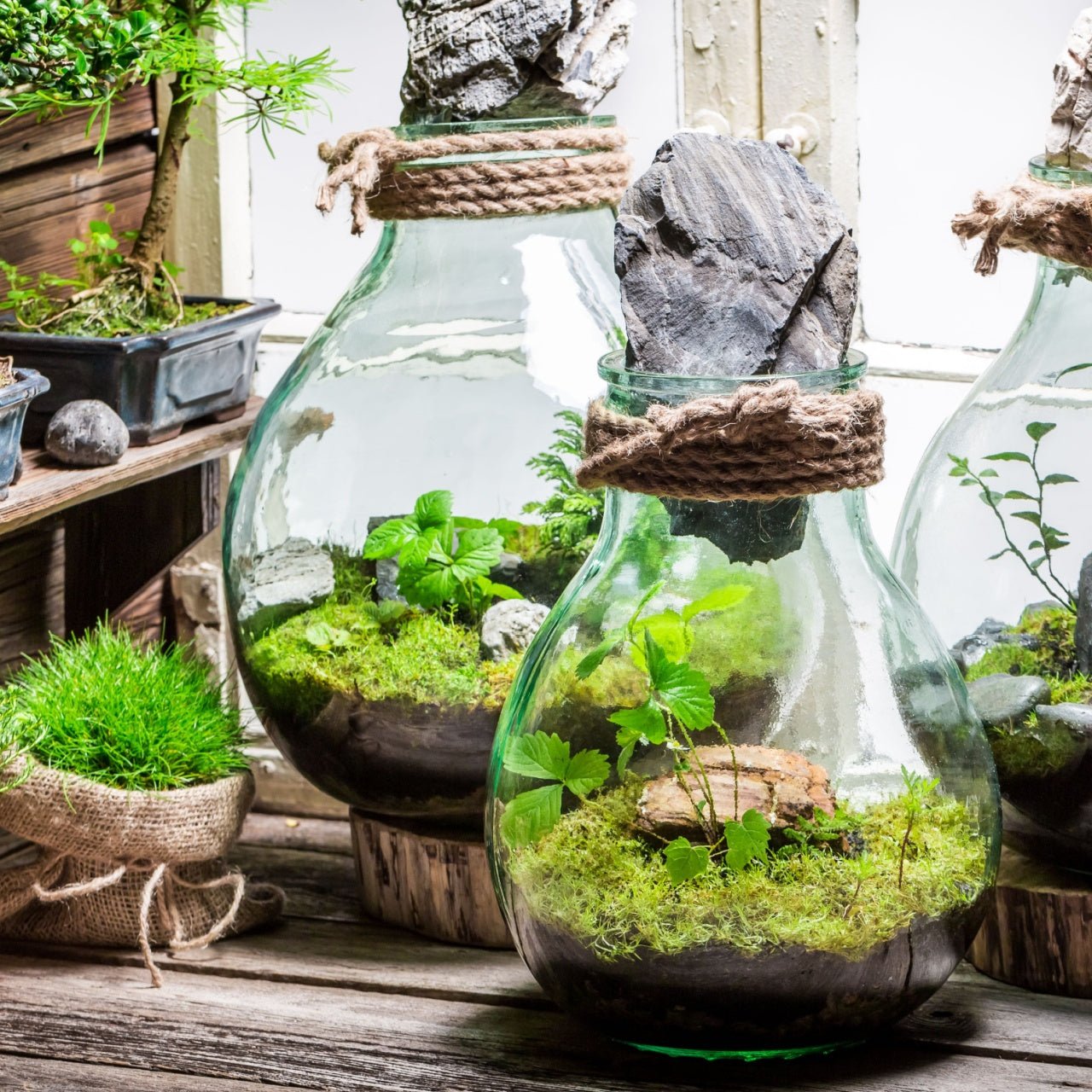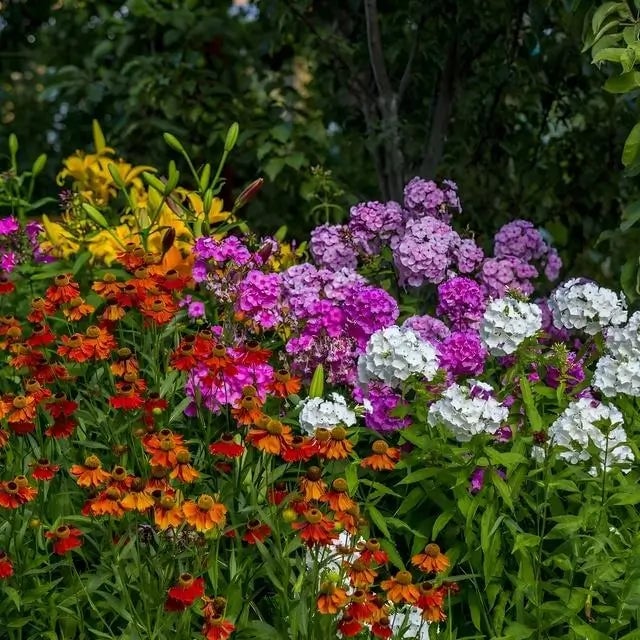



Bellflower - Bellwort
Thrives in Zones 3 - 10
Low maintenance and hardy
Attracts pollinators like bees
Suitable for borders and containers
Ships in
7-10 DaysBellflower - Uvularia
The charming Bellwort plant, commonly called Merry Bells, gets its name from its drooping stems and dangling yellow flowers, which resemble a choir of bells amidst your gardenscape. The lush plant stems in a tight clump, and can spread up to , providing a meadow of lush greenery from its many leaves as well as its eye-catching blooms. You can often find it under the cover of trees, or along shady borders of houses and gardens, as it prefers dappled sun and moist soil. The golden yellow petals pair well with ferns, wild leeks, or any shade loving blossom, making it the perfect addition to any woodland or wildflower garden.
Plant Details - Bellwort
Family: Colchicaceae
Light Requirement: Partial shade, Full shade
Water Needs: Moderate
Height: 30 in
Spread: 12 in
Growth Rate: Moderate
Soil Preference: Moist, well drained
Bloom Time: Mid-Late Spring
Flower Color: Yellow
Wildlife Value: Insect pollinators, seed distribution
Notable Characteristics - Bellwort
You can identify the Bellwort by its distinct arching, bell-like quality. The stems are soft and fleshy, which match its equally soft and paper thin leaves. As the plant matures and blooms, the stems begin to bend and droop downward, the oblong leaves and golden petals twisting as they reach toward the ground. This lush plant has many medicinal uses, especially by the Ojibwe, Potawatomi and Menominee tribes indigenous to the Great Lakes region. People use this plant topically to treat snake bites, swelling and inflammation. When prepared properly, the plant can be ingested, taking advantage of the salicylic acid derivatives in the roots to treat a number of aches and pains.
Landscape and Maintenance
The drooping yellow flower is native to eastern and central North America, and commonly thrives in Appalachia, and the Great Lakes and Mississippi Valley regions. The bell-like plant prefers a woodland setting, with moist, well drained soil and full or partial shade, but is extremely hardy. It is drought tolerant, and can even tolerate occasional flooding. Once established, Bellwort is beautiful and low maintenance, attracting a variety of native bee species to pollinate. The seeds in the center of its yellow flower are attractive to ants, who help carry and redistribute the seeds.
This Is How Your Plants Will Look upon Delivery

Bloom Season
Spring
Bloom/Foliage Color
Yellow
Height at Maturity
Under 12"
Care
Bellflower 'Merry Bells' thrives in well-drained soil and benefits from regular watering to moisten the soil. Fertilize in early spring. Deadhead finished blooms to promote more blooms and cut back in late fall to maintain plant health.
Plant Reproduction
Bellflower spreads by seed, rhizomes, and root fragmentation.
How to Grow and Care for Bare Root Perennials, Tubers, and Bulbs
Bare root perennials, tubers, and bulbs are an easy and economical way to jumpstart your garden with lasting beauty. These dormant plants should be planted in early spring or fall while the soil is cool and workable. Before planting, soak bare roots in water for 1–2 hours to rehydrate them. Choose a location based on the plant’s light needs—most flowering types prefer full sun, while others thrive in partial shade.
For bare root perennials, dig a shallow hole and spread the roots out naturally, ensuring the crown is level with the soil surface. For tubers and bulbs, plant with the pointed side facing up at a depth about two to three times their height. Cover with soil, gently press down, and water thoroughly.
Keep soil consistently moist (not soggy) until new growth appears. Add mulch to retain moisture and suppress weeds, but avoid covering the crown or bulb tops. Once established, these plants require little maintenance—just seasonal watering, occasional dividing, and deadheading or pruning as needed. With proper care, they’ll return and thrive year after year.
Shipping date depends on the date displayed and chosen when you order from the product's page.
We do not accept returned plants. If you purchased an extended warranty we do accept claims, please navigate to the warranty page for instructions HERE





.png?v=1721999518546&em-origin=cdn.accentuate.io&em-format=auto)
Cost-Effective and Reliable
Bell Flowers are a perennial, meaning they return each year without replanting, making them a more affordable choice as they don't need annual replacement.
Pollinator Magnet
Bell Flowers are highly attractive to various bee species, enhancing your garden's appeal to pollinators. This can boost the pollination of other local plants in your area.
Delicate Elegance and Foliage:
The weight of Bell Flowers gives them a delicate, fragile appearance, while their tall green stems and hanging leaves provide excellent foliage and ground coverage in your garden.
Unique Yellow Blooms:
Merry Bells feature distinctive yellow flowers that hang upside down, adding a unique touch to your garden. Perfect for partial to full shade, they brighten up shaded areas with their vibrant color.
Header
Use this content to share information about your store and products.
Frequently asked questions
Still have a question? Contact us here.
Yes, we ship all over the world. Shipping costs will apply, and will be added at checkout. We run discounts and promotions all year, so stay tuned for exclusive deals.
It depends on where you are. Orders processed here will take 5-7 business days to arrive. Overseas deliveries can take anywhere from 7-16 days. Delivery details will be provided in your confirmation email.
You can contact us through our contact page! We will be happy to assist you.








